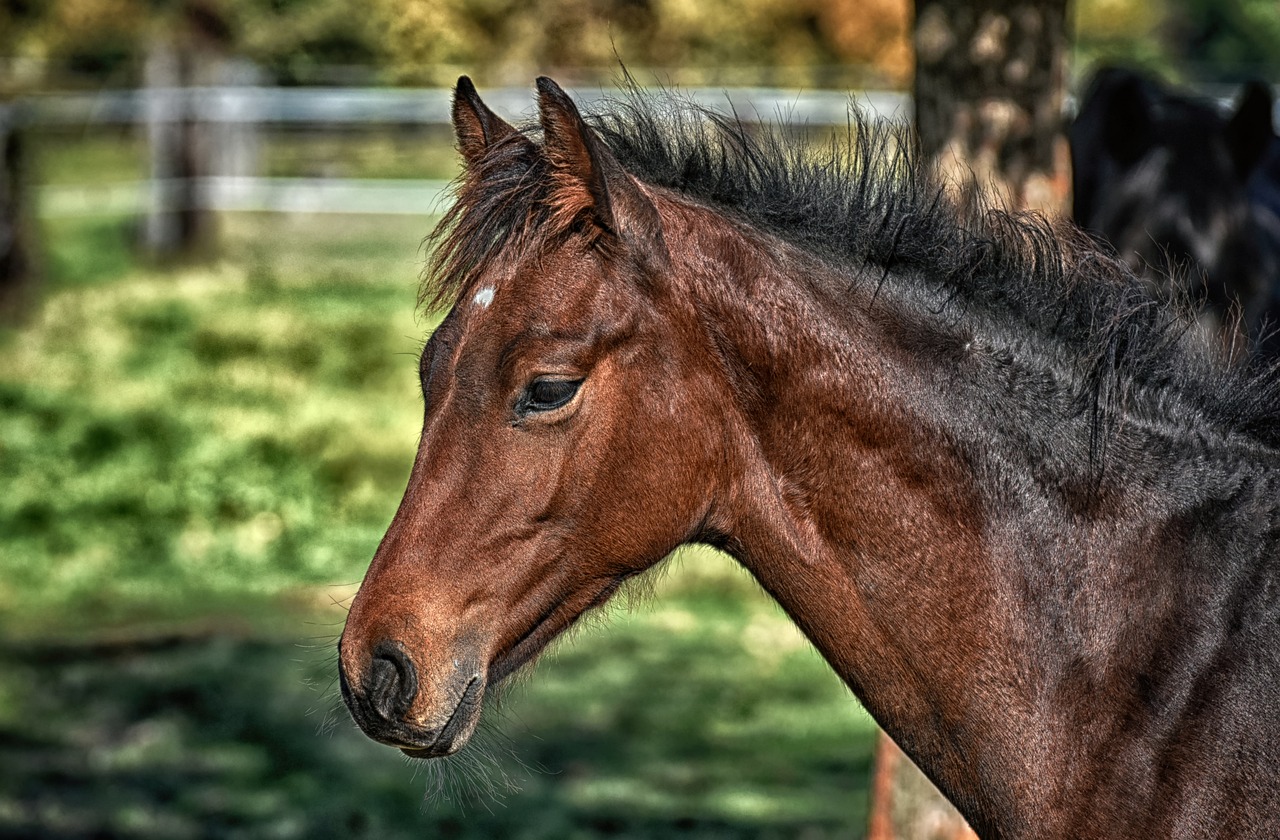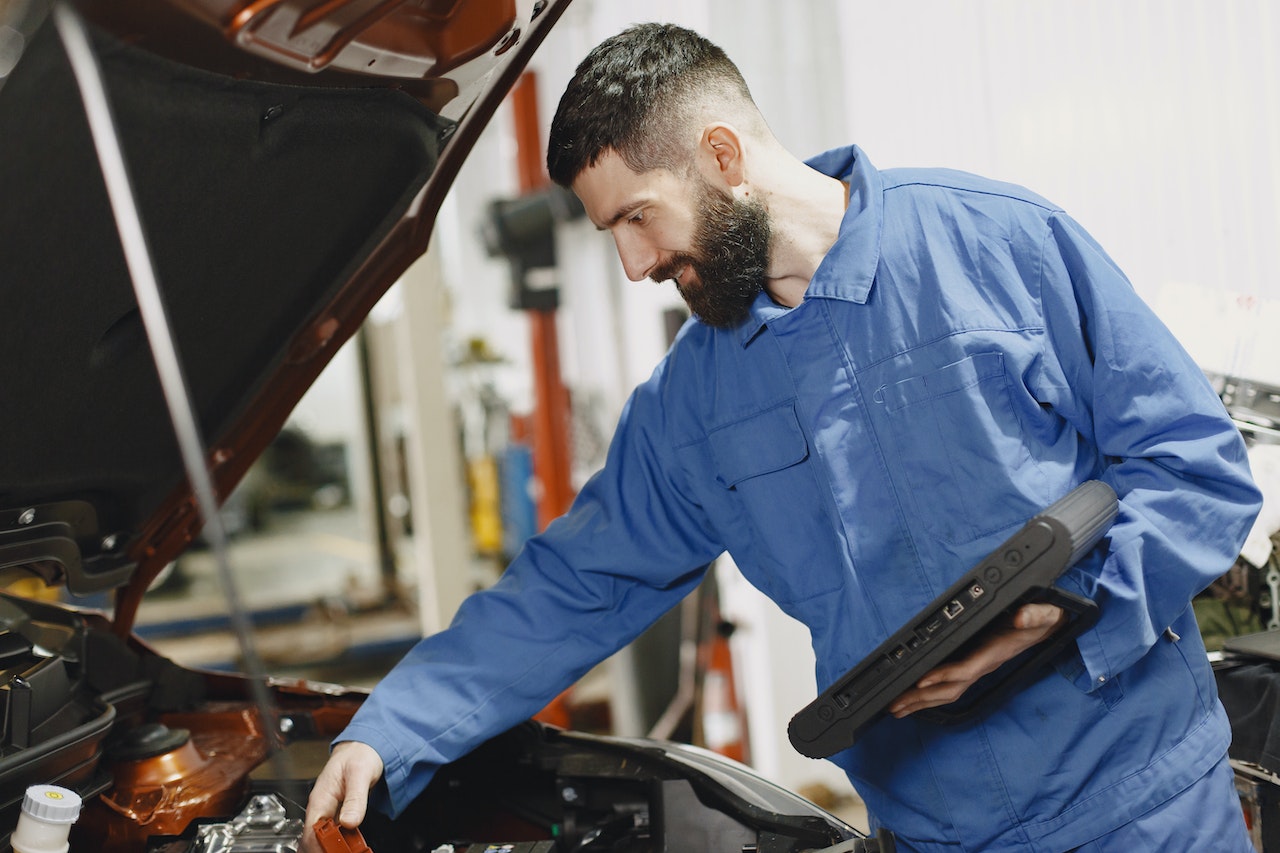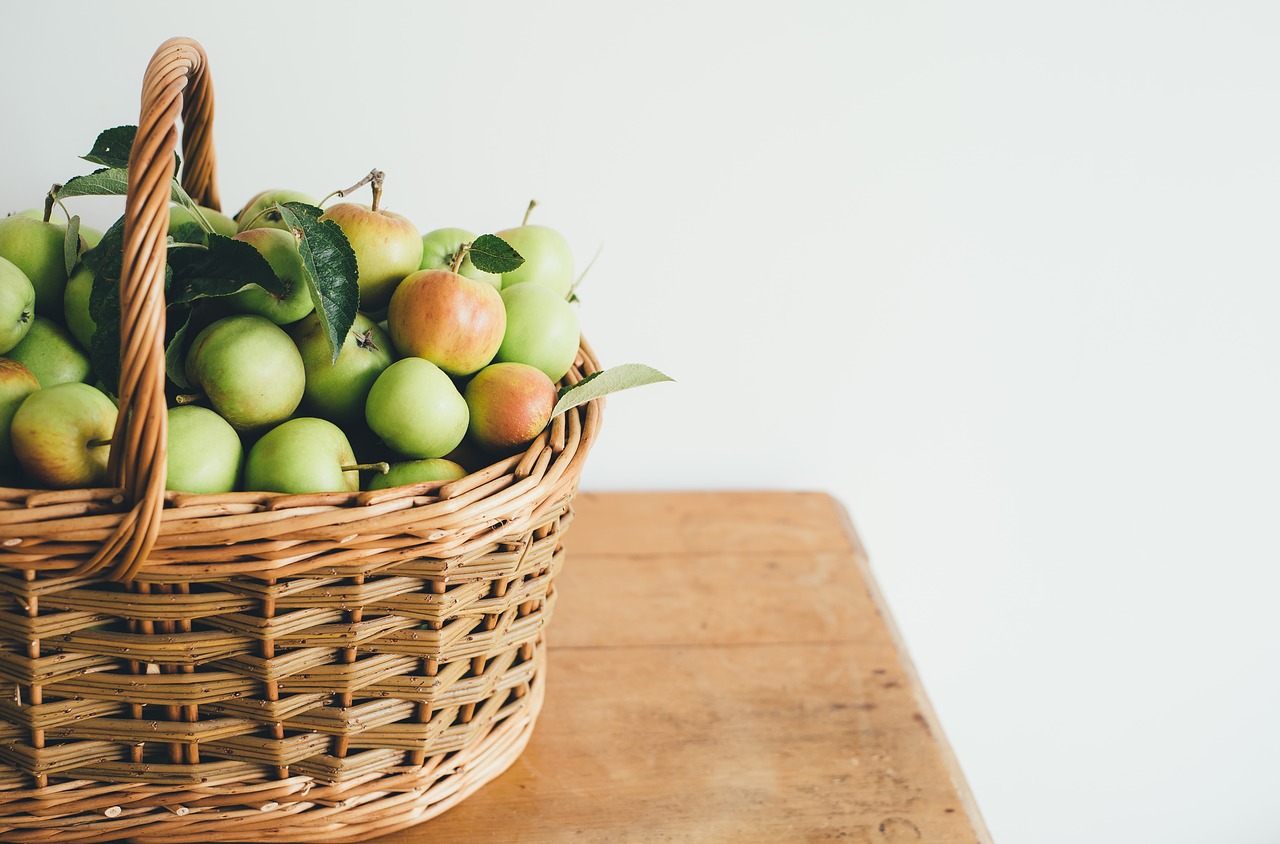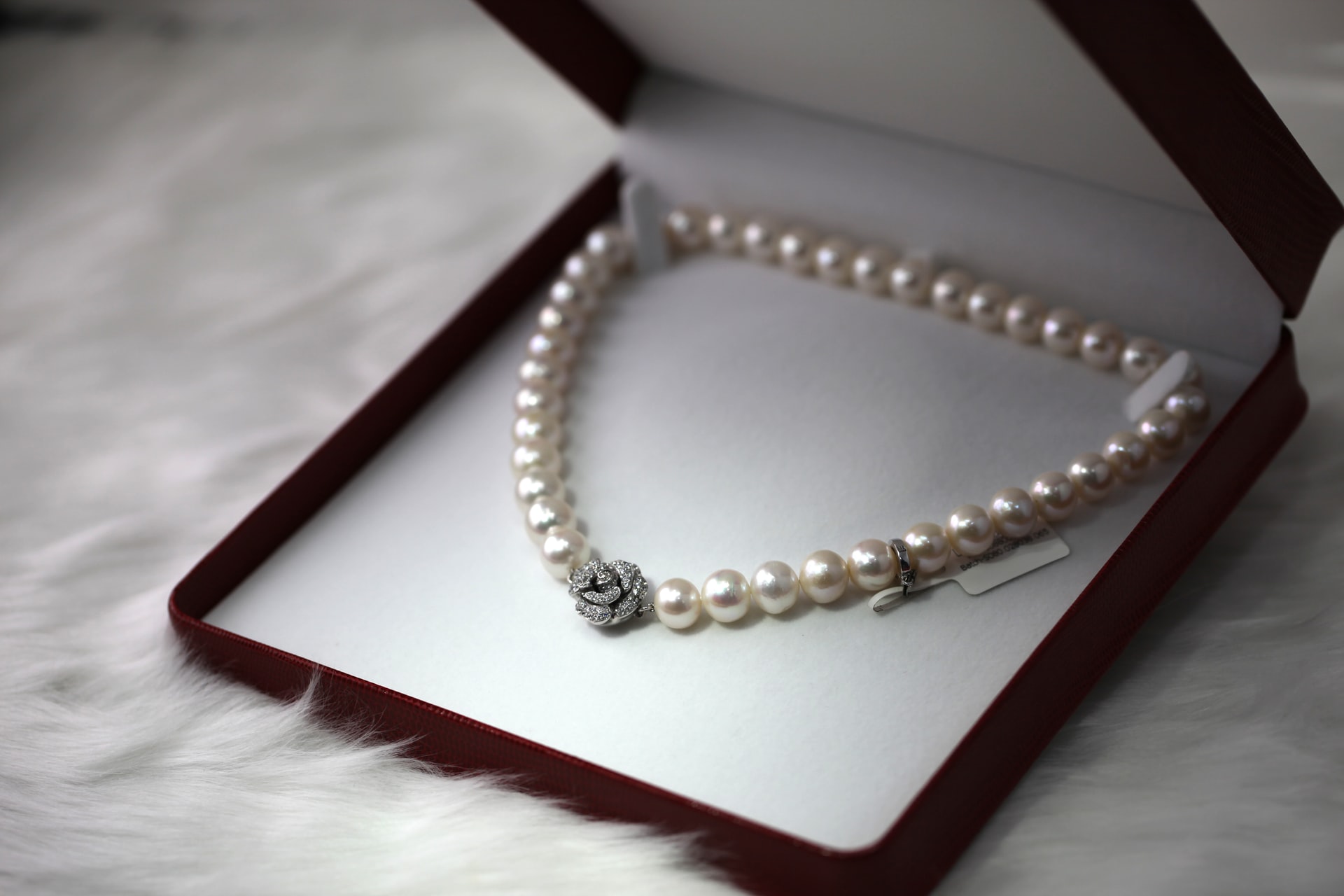What to Expect When Buying a Horse
Buying a horse is a significant and exciting decision that requires thorough preparation and consideration. For those interested in camel vs horse differences, the knowledge can help you determine which domesticated animals to pick. Whether you’re a first-time buyer or an experienced equestrian, understanding what to expect during the horse-buying process can help ensure you find the right match for your needs and goals. This guide will go over the key steps and considerations when purchasing a horse.
Define Your Goals and Needs
 Before you start looking for a horse, it’s essential to define your targets and needs clearly. Consider what you want to achieve with your new horse. Are you looking for a companion for leisurely trail rides, a competition partner for show jumping, dressage, or eventing, or perhaps a horse for breeding purposes? Your goals will influence the type of horse you should look for, including its breed, age, temperament, and training level.
Before you start looking for a horse, it’s essential to define your targets and needs clearly. Consider what you want to achieve with your new horse. Are you looking for a companion for leisurely trail rides, a competition partner for show jumping, dressage, or eventing, or perhaps a horse for breeding purposes? Your goals will influence the type of horse you should look for, including its breed, age, temperament, and training level.
Set a Budget
Buying a horse involves several costs beyond the initial purchase price. Set a realistic budget that includes the cost of the horse, veterinary examinations, transportation, and initial supplies such as tack and grooming equipment. Additionally, it factors in ongoing expenses like boarding, feed, farrier services, veterinary care, and insurance. Having a clear budget will assist you in making informed decisions and avoid unexpected financial strain.
Research and Find Reputable Sellers
Take the time to research and find reputable sellers, breeders, or trainers. Look for recommendations from trusted sources, such as trainers, riding instructors, or fellow equestrians. Reputable sellers will provide detailed data about the horse’s history, health, training, and temperament. Avoid buying a horse based on a single advertisement or from an unknown seller without proper credentials or references.

Evaluate the Horse’s Health and Soundness
A crucial step in the horse-buying process is evaluating the horse’s health and soundness. Arrange for a pre-purchase veterinary examination (vet check) to assess the horse’s overall health, soundness, and suitability for your intended use. The vet check typically includes a thorough physical examination, lameness evaluation, and sometimes additional diagnostics like X-rays or blood tests. This evaluation aids in identifying any existing or potential health issues that could impact the horse’s performance or longevity.
Assess the Horse’s Temperament and Training
The horse’s temperament and training are key factors that will affect your overall experience and safety. Spend time with the horse to observe its behavior in various situations, including handling, grooming, tacking up, and riding. Pay attention to how the horse reacts to new environments, other animals, and people. Ride the horse, if possible, to evaluate its responsiveness, gait, and overall suitability for your riding style and skill level. If you’re inexperienced, consider bringing a knowledgeable friend, trainer, or instructor to help assess the horse.
Consider the Horse’s Background and History
Understanding the horse’s background and history can provide valuable insights into its behavior, training, and health. Ask the seller for detailed information about the horse’s previous owners, training history, competition records, and any past health issues or injuries. A horse with a well-documented history and consistent training is often a safer and more predictable choice, especially for less experienced buyers.

Trial Period
Whenever possible, arrange for a trial period before finalizing the purchase. A trial period allows you to take the horse to your facility and work with it in your environment. This helps you assess how the horse adapts to new surroundings and whether it meets your expectations. Ensure that all parties agree on the trial period’s parameters, including duration, care obligations, and liability issues.
Finalizing the Purchase
Once you’ve found a horse that meets your criteria and passes the veterinary examination, it’s time to finalize the purchase. Make sure to draft a clear and comprehensive purchase agreement that details the terms of the sale, including the purchase price, payment terms, and any warranties or guarantees. Both parties should sign the agreement to formalize the transaction.
Transitioning to a New Home
After purchasing the horse, focus on a smooth transition to its new home. Arrange for safe and comfortable transportation, and prepare your facility with appropriate housing, feed, and supplies. Allow the horse time to adjust to its new environment and establish a routine. Gradually introduce it to new horses, people, and activities to minimize stress and foster positive relationships.
Ongoing Care and Training
Having a horse needs continual care, training, and dedication. Create a thorough care plan that includes regular veterinarian examinations, farrier appointments, dental treatment, and a healthy diet. Consistent training and exercise are critical for preserving the horse’s physical and mental health. Developing a strong relationship with your horse via consistent engagement, grooming, and positive reinforcement can improve your entire experience and collaboration.
Conclusion
Buying a horse is a rewarding journey that involves careful planning, research, and commitment. By defining your goals, setting a budget, evaluating health and temperament, and ensuring a smooth transition, you can find a horse that suits your needs and brings joy to your life. Remember, the key to a successful horse-buying experience is patience, diligence, and a willingness to invest in the well-being of your new equine companion.…



 The closing process typically begins with both you (the seller) and the buyer agreeing on a specific closing date. This date is crucial as it will be the day when ownership of the property officially transfers to the new owner. You may need to coordinate with your real estate agent, attorney, and the buyer’s representatives to choose a suitable date for all parties. Being flexible and accommodating during this stage is essential, as any delays or issues can cause unnecessary complications.
The closing process typically begins with both you (the seller) and the buyer agreeing on a specific closing date. This date is crucial as it will be the day when ownership of the property officially transfers to the new owner. You may need to coordinate with your real estate agent, attorney, and the buyer’s representatives to choose a suitable date for all parties. Being flexible and accommodating during this stage is essential, as any delays or issues can cause unnecessary complications.

 As organizations aim to achieve excellence in vehicle technical verification, it is important to recognize the value of the principle of continuous improvement. This principle involves constantly seeking ways to improve processes and procedures to increase efficiency, productivity, and quality. It requires a mindset that embraces change and innovation and a commitment to ongoing learning and development. Striving for continuous improvement in vehicle technical verification means regularly evaluating current practices, identifying areas of improvement, and implementing changes that lead to greater effectiveness and efficiency.
As organizations aim to achieve excellence in vehicle technical verification, it is important to recognize the value of the principle of continuous improvement. This principle involves constantly seeking ways to improve processes and procedures to increase efficiency, productivity, and quality. It requires a mindset that embraces change and innovation and a commitment to ongoing learning and development. Striving for continuous improvement in vehicle technical verification means regularly evaluating current practices, identifying areas of improvement, and implementing changes that lead to greater effectiveness and efficiency.
 You may not think it, but plastic water bottles are actually terrible for the environment. Not only do they take hundreds of years to decompose, but they also require a considerable amount of energy and resources to produce. As an alternative, try using glass water bottles. Glass is entirely reusable, easily recyclable, and doesn’t contain dangerous chemicals like BPA, making it a much better choice for the environment. Additionally, you can find plenty of stylish glass bottles that look great and keep your water cool for hours on end.
You may not think it, but plastic water bottles are actually terrible for the environment. Not only do they take hundreds of years to decompose, but they also require a considerable amount of energy and resources to produce. As an alternative, try using glass water bottles. Glass is entirely reusable, easily recyclable, and doesn’t contain dangerous chemicals like BPA, making it a much better choice for the environment. Additionally, you can find plenty of stylish glass bottles that look great and keep your water cool for hours on end.
 Swapping out your plastic toothbrush for a bamboo one is an easy way to help the environment. Bamboo toothbrushes are biodegradable, meaning they won’t sit in landfills or oceans like traditional plastic toothbrushes. They’re also naturally antibacterial, making them perfect for brushing teeth without harsh chemicals. When it comes to choosing eco-friendly products, there is no limit. Whether you’re looking for compostable bin liners or organic clothing, there are many great options that can help reduce your environmental impact.…
Swapping out your plastic toothbrush for a bamboo one is an easy way to help the environment. Bamboo toothbrushes are biodegradable, meaning they won’t sit in landfills or oceans like traditional plastic toothbrushes. They’re also naturally antibacterial, making them perfect for brushing teeth without harsh chemicals. When it comes to choosing eco-friendly products, there is no limit. Whether you’re looking for compostable bin liners or organic clothing, there are many great options that can help reduce your environmental impact.…
 The first benefit of using an eat and run verification site is convenience. You can access these sites from anywhere in the world, at any time. All you need is an internet connection. This means that you can use them to verify the identity of someone even if you are not in the same country as they are. Many people are hesitant to do business with someone they have never met. This is understandable, as it can be difficult to trust someone you cannot see. However, if you use an eat and run verification site, you can be sure that the person you are dealing with is who they say they are.
The first benefit of using an eat and run verification site is convenience. You can access these sites from anywhere in the world, at any time. All you need is an internet connection. This means that you can use them to verify the identity of someone even if you are not in the same country as they are. Many people are hesitant to do business with someone they have never met. This is understandable, as it can be difficult to trust someone you cannot see. However, if you use an eat and run verification site, you can be sure that the person you are dealing with is who they say they are.
 One of the biggest benefits of taking out a business loan is the flexibility that it offers you in terms of how you can use the money. Unlike other forms of financing, such as venture capital or angel investors, you don’t have to answer anyone else about how you’re using the loan. You can use it for whatever you need, whether that’s hiring new staff, buying office supplies, or anything else.
One of the biggest benefits of taking out a business loan is the flexibility that it offers you in terms of how you can use the money. Unlike other forms of financing, such as venture capital or angel investors, you don’t have to answer anyone else about how you’re using the loan. You can use it for whatever you need, whether that’s hiring new staff, buying office supplies, or anything else. One of the biggest concerns people have about taking out loans is the interest rate. But with business loans, the interest rates are usually quite reasonable – especially when you compare them to other forms of financing, such as credit cards. Of course, the interest rate you’ll get will depend on several factors, including your credit score and the length of the loan. There are a lot of benefits to taking out a business loan. From the flexibility it offers in terms of usage to the reasonable interest rates, there are plenty of reasons to consider this option when you’re financing your business.…
One of the biggest concerns people have about taking out loans is the interest rate. But with business loans, the interest rates are usually quite reasonable – especially when you compare them to other forms of financing, such as credit cards. Of course, the interest rate you’ll get will depend on several factors, including your credit score and the length of the loan. There are a lot of benefits to taking out a business loan. From the flexibility it offers in terms of usage to the reasonable interest rates, there are plenty of reasons to consider this option when you’re financing your business.…
 While there are many different models of food hamper, they all have the same essential function. It is a small appliance that uses electrical energy to help you cook your food faster and more evenly. When choosing a model, you’ll want to consider how often it will be used and whether or not the recipient likes having food cooked quickly. If you are buying for a child, it is probably best to go with more features and is easier to use. For adults, consider models with less technology and minimal controls.
While there are many different models of food hamper, they all have the same essential function. It is a small appliance that uses electrical energy to help you cook your food faster and more evenly. When choosing a model, you’ll want to consider how often it will be used and whether or not the recipient likes having food cooked quickly. If you are buying for a child, it is probably best to go with more features and is easier to use. For adults, consider models with less technology and minimal controls. Last but not least, you’ll want to think about your budget when choosing a food hamper. This will help to narrow down your choices and make the process easier. Remember that just because a model has more features doesn’t mean it is worth the extra money. Many affordable models on the market offer great functionality for a reasonable price point.…
Last but not least, you’ll want to think about your budget when choosing a food hamper. This will help to narrow down your choices and make the process easier. Remember that just because a model has more features doesn’t mean it is worth the extra money. Many affordable models on the market offer great functionality for a reasonable price point.…
 If you want to keep pests away from your home, it is first to keep it clean. It means sweeping and vacuuming regularly, making sure to get into all the nooks and crannies. It would help if you also mopped your floors at least once a week – especially in areas where you see a lot of bugs or rodents. And don’t forget to wipe down your countertops and sweep out the drawers. Pests love food smells, so make sure there’s nothing for them to munch on in these areas.
If you want to keep pests away from your home, it is first to keep it clean. It means sweeping and vacuuming regularly, making sure to get into all the nooks and crannies. It would help if you also mopped your floors at least once a week – especially in areas where you see a lot of bugs or rodents. And don’t forget to wipe down your countertops and sweep out the drawers. Pests love food smells, so make sure there’s nothing for them to munch on in these areas. If this pest problem is getting too severe, it’s time to call in professionals. Phenom pest control company is always here to help, and they have all the latest and most excellent tools to get rid of pests for good. They’ll come out to your home, inspect the situation, and create a plan that’s tailored specifically for you and your home. As the bottom line, there are many different things you can do to keep pests away from your home. But, the most important thing is to act fast when you start noticing them in or around your house. Columbia pest control company will be there for any help that’s needed!…
If this pest problem is getting too severe, it’s time to call in professionals. Phenom pest control company is always here to help, and they have all the latest and most excellent tools to get rid of pests for good. They’ll come out to your home, inspect the situation, and create a plan that’s tailored specifically for you and your home. As the bottom line, there are many different things you can do to keep pests away from your home. But, the most important thing is to act fast when you start noticing them in or around your house. Columbia pest control company will be there for any help that’s needed!…
 Convenience is right at your fingertips with just a few clicks of the mouse. You can order what you need and have them delivered straight to your doorstep without ever having to leave home. When it comes time for restocking on cigarettes or rolling tobacco, ordering online is so much easier than lugging yourself out into the cold weather. Online stores also typically sell packs in bulk, which means more savings!
Convenience is right at your fingertips with just a few clicks of the mouse. You can order what you need and have them delivered straight to your doorstep without ever having to leave home. When it comes time for restocking on cigarettes or rolling tobacco, ordering online is so much easier than lugging yourself out into the cold weather. Online stores also typically sell packs in bulk, which means more savings!
 If you want to find the perfect gift for everyone on your list, you need to do some research. You can’t just go out and buy something without knowing what they like or don’t like. Before you start shopping for jewelry as Christmas gifts, the first thing that you should do is sit down with each person individually on your list and find out more about them. This may sound a little bit strange at first, but it’s the best way to ensure that you don’t spend money on something they won’t ever use.
If you want to find the perfect gift for everyone on your list, you need to do some research. You can’t just go out and buy something without knowing what they like or don’t like. Before you start shopping for jewelry as Christmas gifts, the first thing that you should do is sit down with each person individually on your list and find out more about them. This may sound a little bit strange at first, but it’s the best way to ensure that you don’t spend money on something they won’t ever use. If you have been searching high and low for the best deals online, stop! Instead of looking on multiple websites trying to find exactly what you want at the lowest price possible, why not just use one website that has everything? Many sites has an enormous selection of high-end jewelry from designers all over the world. It’s a one-stop shop for everyone looking to find jewelry as Christmas gifts without breaking the bank.
If you have been searching high and low for the best deals online, stop! Instead of looking on multiple websites trying to find exactly what you want at the lowest price possible, why not just use one website that has everything? Many sites has an enormous selection of high-end jewelry from designers all over the world. It’s a one-stop shop for everyone looking to find jewelry as Christmas gifts without breaking the bank.
 Before you even think about eating a weed edible, you should research what dosage is right for your particular needs. While everyone’s tolerance level varies and the amount of THC in specific products may be unknown, it can pay off to know how much you’re taking into your system. Unlike smoking or vaping weed, edibles can take a lot longer to kick in, especially if you’ve never taken them before. If you’re not sure how much of an edible will affect your body, start with a low dose and wait at least 60 minutes to feel the effects.
Before you even think about eating a weed edible, you should research what dosage is right for your particular needs. While everyone’s tolerance level varies and the amount of THC in specific products may be unknown, it can pay off to know how much you’re taking into your system. Unlike smoking or vaping weed, edibles can take a lot longer to kick in, especially if you’ve never taken them before. If you’re not sure how much of an edible will affect your body, start with a low dose and wait at least 60 minutes to feel the effects. It is important to ensure you have a safe and comfortable place to have a pleasant experience while using marijuana edibles. You should put away anything that could be dangerous, like knives or electrical appliances. Make your environment as weed-friendly as possible by turning off the TV and lowering the lights. Another way to ensure you have a safe place is by having someone with you. This person should be sober and ready to help if needed. You can even ask them not to use marijuana edibles simultaneously, so they are more alert if anything goes wrong.
It is important to ensure you have a safe and comfortable place to have a pleasant experience while using marijuana edibles. You should put away anything that could be dangerous, like knives or electrical appliances. Make your environment as weed-friendly as possible by turning off the TV and lowering the lights. Another way to ensure you have a safe place is by having someone with you. This person should be sober and ready to help if needed. You can even ask them not to use marijuana edibles simultaneously, so they are more alert if anything goes wrong.